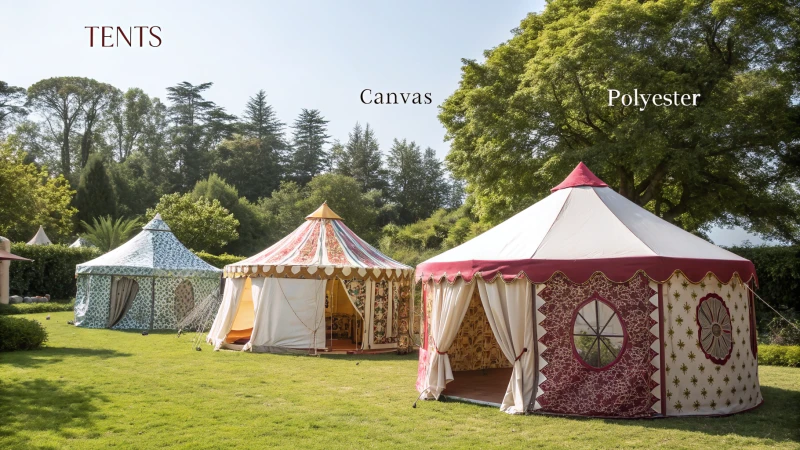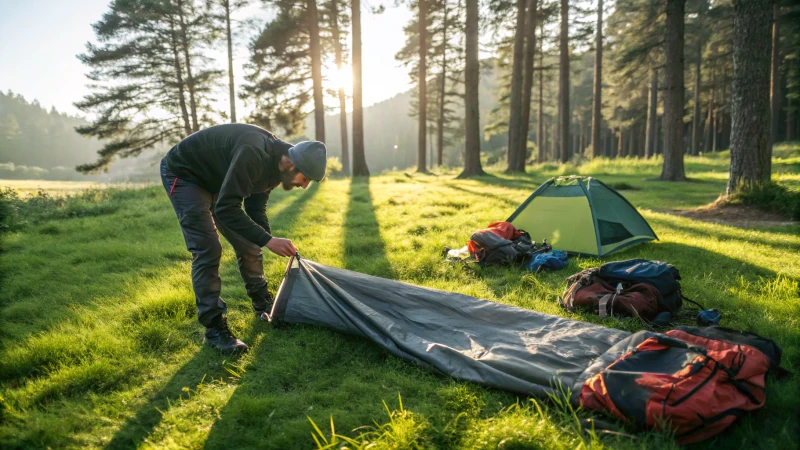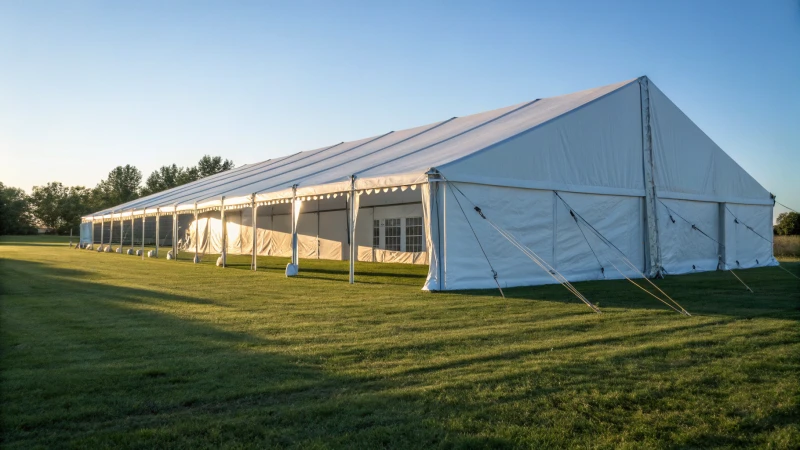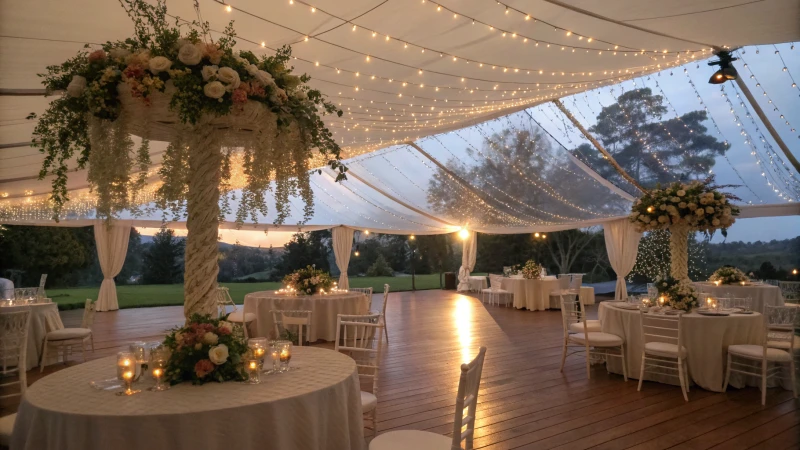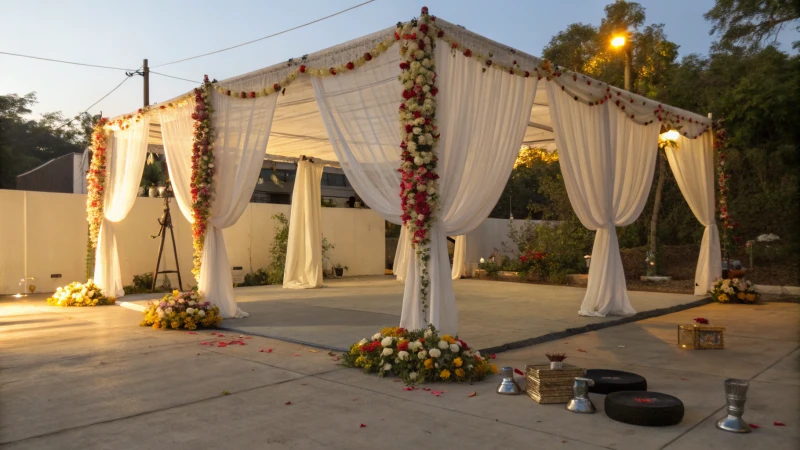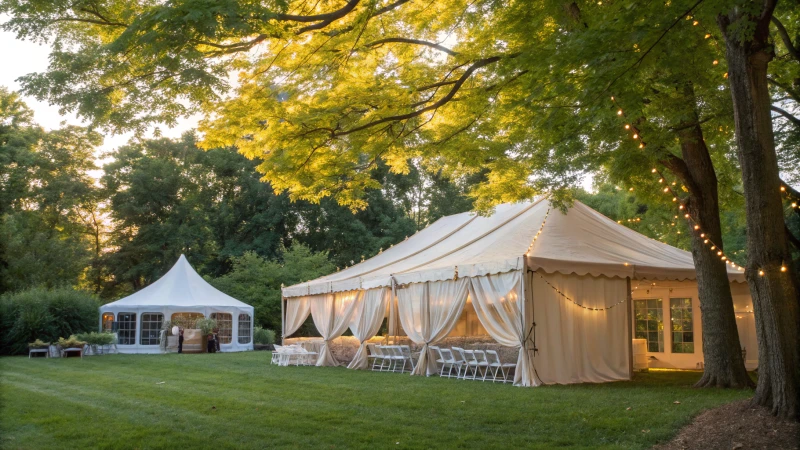
The world of outdoor events can be a maze of decisions, especially when choosing between a marquee and a tent.
A marquee stands out as a spacious and adaptable option, often larger and customizable, ideal for grand events. In contrast, a tent is typically smaller, straightforward, and suited for intimate gatherings.
I remember organizing my first big event—oh, the choices! As I stood in the vast open space, it dawned on me: should I go for a marquee or a traditional tent? Their differences seemed subtle at first, but as I dug deeper, I found that marquees are like the chameleons of the event world—transformative and expansive. They offer customization options that could turn any open field into an elegant ballroom. In contrast, tents are practical for those cozy get-togethers where simplicity is key. Understanding these differences helped me choose the perfect shelter for my event’s vibe. Let’s explore what makes each unique and how they might fit your next outdoor gathering.
Marquees are more customizable than traditional tents.True
Marquees offer various customization options in size, shape, and decor.
Traditional tents are larger than marquees.False
Traditional tents are typically smaller, while marquees accommodate large events.
How Do Structure and Design Differ in Projects?
Ever wondered how the bones and the beauty of a project come together? Let me take you on a journey to explore the nuances between structure and design.
Structure is like the skeleton of a system, ensuring it stays upright and functional, while design adds the flair, focusing on aesthetics and user experience.
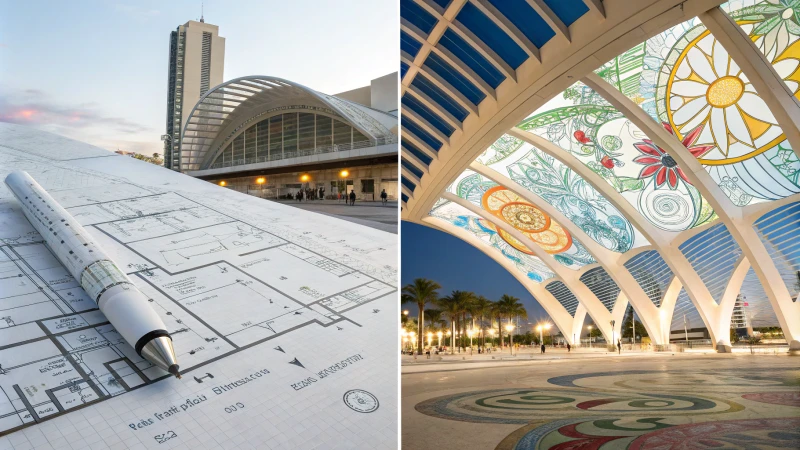
Structure: The Backbone of Stability
Think of structure as the sturdy frame of a house. It’s all about making sure everything’s in place, stable, and ready to withstand whatever comes its way. I remember when I first got into project management, the importance of structure was drilled into me. It was all about having a clear hierarchy, like knowing who to call when the roof leaks.
| Aspect | Details |
|---|---|
| Purpose | Ensures stability and order |
| Components | Hierarchical arrangements, defined roles |
| Example | Organizational charts in companies |
Take tents, for instance—specifically their structures. Imagine setting up a tent without its frame. It’s that framework that ensures it stands tall against the wind and rain, keeping us snug inside.
Design: Creativity Meets Functionality
Design is where the magic happens. It’s like when you walk into a well-decorated room, and everything just feels right. It’s about blending functionality with aesthetics. I still recall designing my first project; the excitement was palpable as I watched my vision come to life.
| Aspect | Details |
|---|---|
| Purpose | Enhances usability and aesthetics |
| Components | Visual elements, user interface, user experience |
| Example | User-friendly software interfaces |
In terms of tents, imagine choosing one because it not only stands strong but also looks inviting—perhaps with a splash of color or an easy setup process that doesn’t require a degree in engineering.
Practical Implications in Various Contexts
Structure is what keeps everything ticking smoothly on the inside, while design is what captures the heart. In architecture, it’s about creating buildings that are not only safe but also awe-inspiring. I once stood beneath a skyscraper, marveling at how it seemed to defy gravity with grace.
- Architecture: Skyscrapers are feats of engineering, standing tall against natural forces while remaining works of art.
- Technology: Backend systems ensure your app doesn’t crash mid-scroll, while the frontend makes sure you’re having fun using it.
Balancing structure and design is crucial. Whether you’re piecing together a new app or setting up a grand event tent, both need to work hand-in-hand for success. It’s like orchestrating a symphony—every element playing its part to create something harmonious. When considering large tents for an event, you can’t overlook their structural integrity for safety or their design for that wow factor.
Structure ensures stability and order in systems.True
Structure provides a clear hierarchy and defined roles, aiding management.
Design focuses solely on aesthetics, ignoring functionality.False
Design considers aesthetics, user experience, and functionality together.
How Do Materials Impact Durability and Functionality?
Ever wondered why some products seem to last forever while others barely make it through the year?
Materials impact a product’s durability and functionality by influencing its strength, lifespan, and environmental adaptability. Choosing the right materials can significantly enhance performance, reduce wear, and extend the product’s life.
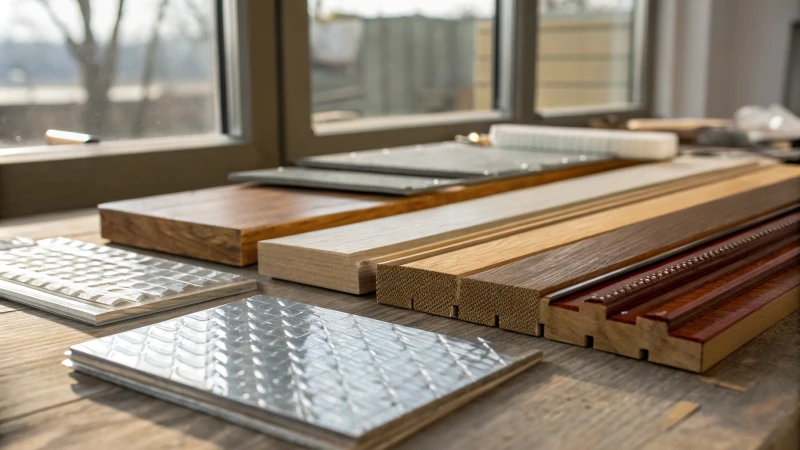
Understanding Material Composition
I’ve always been fascinated by how the composition of materials can influence their durability. Take high-strength aluminum alloy1, for example. I remember the first time I used it in a project—its lightweight yet sturdy nature made it perfect for outdoor structures that needed to withstand the elements without rusting.
- Example: Imagine constructing a marquee tent that can brave storms and sun alike, all thanks to this incredible material. Aluminum frames provide a robust yet lightweight solution that withstands harsh weather conditions without corroding.
Role of Surface Coatings
Then there are surface coatings like PVC. I recall setting up a massive outdoor event and worrying about unexpected weather changes. The double-sided PVC-coated fabrics we used were a game-changer—they made the tents not only waterproof but also self-cleaning.
| Property | Benefit |
|---|---|
| Fire-resistant | Enhances safety in case of fire |
| Tear-resistant | Prolongs product lifespan |
| UV-protected | Maintains material integrity |
This meant less stress about maintenance and more focus on enjoying the event.
Material Innovations in Design
It’s amazing to see how far material science has come. I once worked on a project that utilized composite materials2 in aviation—a field where weight and strength balance is crucial.
- Example: Seeing those same materials being adapted for large tents amazed me. They offer durability without the added weight, opening up so many creative possibilities.
Environmental Impact and Sustainability
Sustainability is something I’ve grown more passionate about over the years. The shift towards eco-friendly materials in construction is transforming how we view durability.
- Example: Eco-friendly materials3 are increasingly being used not only because they’re better for the planet but also because they offer properties like enhanced insulation. It’s a win-win: better energy efficiency and a smaller environmental footprint.
Understanding these aspects of materials doesn’t just help me make informed decisions; it’s also about creating a future where quality and sustainability go hand-in-hand.
High-strength aluminum alloy resists rust.True
Aluminum alloys are known for their corrosion resistance, making them ideal for outdoor use.
PVC coatings do not enhance UV protection.False
PVC coatings provide UV protection, maintaining material integrity against sun exposure.
Which is better for your event: a marquee or a tent?
Have you ever found yourself at the crossroads of choosing between a marquee and a tent for your big event?
Marquees are the go-to choice for grand events like weddings and exhibitions, offering vast, customizable spaces. Meanwhile, tents are ideal for more intimate gatherings or casual outdoor activities, thanks to their portability and ease of setup.
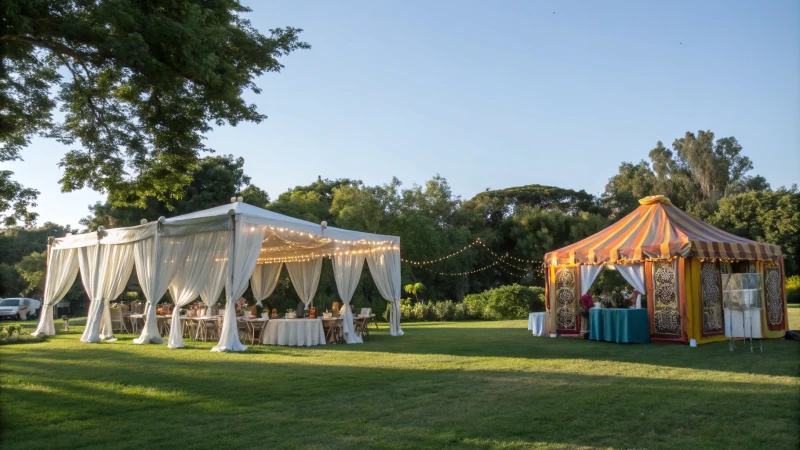
Understanding the Scale and Functionality
I remember planning my sister’s wedding and the debate that ensued over the venue. We had the option to go for a grand marquee or several smaller tents. Marquees can host hundreds of guests, making them perfect for those fairy-tale weddings or corporate galas where you want to leave a lasting impression. They can transform any outdoor space into a lavish event venue, complete with custom decorations and lighting.
In contrast, tents reminded me of our family camping trips—simple yet cozy. They’re best suited for intimate gatherings or casual outdoor activities, like birthday parties or a backyard barbecue. The setup is a breeze, often a DIY task that doesn’t require professional help.
| Features | Marquees | Tents |
|---|---|---|
| Size | Large, customizable to fit event needs | Small to medium |
| Setup Complexity | Requires professional setup | Simple, DIY-friendly |
| Durability | Highly durable with weather-resistant materials | Moderate durability |
| Customization | Extensive options for décor and layout | Limited customization |
Exploring Material Differences
One rainy afternoon, while preparing for a trade show, I realized the importance of material choices. Marquees have this sturdy frame with PVC-coated fabric that laughs in the face of bad weather. They’re the security blanket you need when the forecast is unpredictable. On the other hand, tents are made from lighter materials, making them perfect for quick getaways or when time is of the essence.
Practical Examples of Event Suitability
- Marquee Uses:
- Weddings: A grand and elegant setting that can be customized to your wildest dreams customizations4.
- Exhibitions: Spacious enough for all your displays and booths.
- Corporate Events: Tailor it to fit formal settings with the right seating arrangements and lighting.
- Tent Uses:
- Camping: Lightweight and perfect for spontaneous adventures.
- Outdoor Parties: Easy setups for relaxed gatherings with friends and family.
Cost Considerations
While weighing options during my first large-scale event planning job, I found that tents were more budget-friendly due to their simpler structure. Marquees, though pricier, offered immense value for larger events. They’re an investment that can save on costs compared to building permanent structures, especially when you need something as vast as your dreams.
Both choices have their strengths. Your decision should reflect what you envision for your event—whether it’s the intimacy of a tent or the grandeur of a marquee.
Marquees are ideal for corporate events.True
Marquees offer adaptable space, suitable for formal corporate settings.
Tents are more durable than marquees.False
Marquees use weather-resistant materials, making them more durable than tents.
What Are the Cost Differences Between Marquees and Tents?
Hey there! Planning an event and torn between choosing a marquee or a tent? Let’s dive into the costs and help you decide which is the best fit for your budget and style.
Typically, marquees are pricier than tents due to their robustness and customization options. Tents start at a few hundred dollars, while marquees charge per square meter, reaching thousands for larger events.
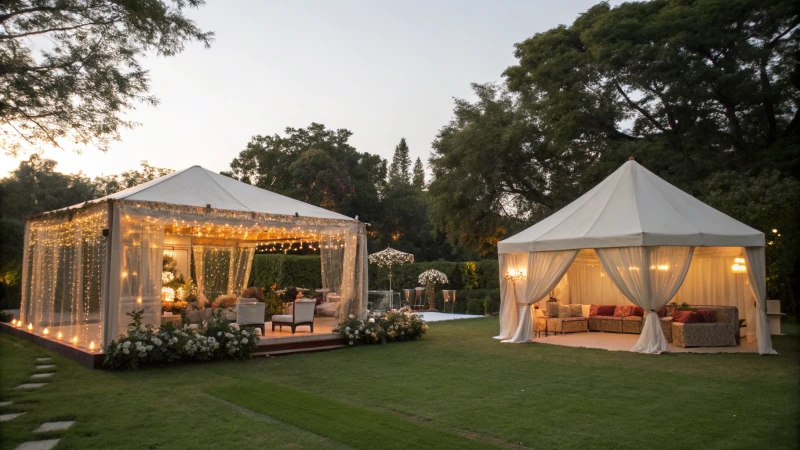
Size and Structure Costs
I remember when I was organizing my cousin’s outdoor wedding. We had to choose between a cozy tent and a grand marquee. It was a head-scratcher! Regular tents, perfect for smaller gatherings, were like a warm hug on a cool evening—affordable and straightforward, with prices ranging from $50 to $500. They reminded me of those pop-up tents from my camping days, easy to set up and pack away.
Marquees, though, are a different story. They’re like the luxury liners of the outdoor event world—expansive and elegant. We looked at some that stretched over massive spaces, with pricing starting from $30 to $100 per square meter. For our big family event, the cost quickly added up to tens of thousands, but oh, the grandeur was worth every penny!
Material and Durability
Thinking back to my college years spent camping with friends, I remember how lightweight and easy tents were to handle—just canvas and poles. But marquees? They’re built like fortresses, with sturdy aluminum frames and resilient PVC canopies that laugh in the face of bad weather.
For an event organizer5 who values reliability—like when my brother insisted on a marquee for his company’s summer gala—the investment was justified. They needed something that wouldn’t buckle under pressure (or a sudden rainstorm), and marquees delivered in spades.
Customization Options
The customization options with marquees are like being a kid in a candy store. During my sister’s engagement party planning, she wanted everything just so—fairy lights, wooden floors, you name it. Tents couldn’t quite match up in this department. But with a marquee, we could tailor every inch to fit her whimsical vision.
It’s amazing how a marquee transforms with drapes, lights, and even air conditioning. This kind of personalization does come with extra costs, but if you’re aiming for a memorable experience, it’s something to consider. Looking back, it was the customization that made the event truly unforgettable.
Summary Table
| Feature | Regular Tents | Marquee Tents |
|---|---|---|
| Cost Range | $50 – $500 | $30 – $100/sqm |
| Materials | Lightweight fabric | Aluminum & PVC |
| Customization | Limited | Extensive |
| Event Suitability | Small gatherings | Large events |
So there you have it! Weighing these factors can guide you toward the perfect choice between marquees6 and tents for your next big shindig. Whether you’re going for simplicity or splendor, there’s an option that fits both your needs and your wallet.
Marquees are priced per square meter.True
Marquees are typically priced based on their area, affecting total cost.
Tents offer more customization than marquees.False
Marquees offer extensive customization options, unlike basic tents.
Conclusion
Marquees are spacious, customizable structures ideal for large events, while tents are smaller, simpler options suited for intimate gatherings. Understanding their differences helps in choosing the right shelter.
-
Explore how high-strength aluminum alloy enhances structural integrity and offers rust resistance, making it ideal for outdoor use. ↩
-
Discover how composite materials reduce weight while increasing strength, crucial for aerospace applications. ↩
-
Learn about eco-friendly materials that not only reduce environmental impact but also improve energy efficiency. ↩
-
Discover various decoration options to personalize your marquee for any event theme. ↩
-
Discover why marquees offer durability and customization for large events. ↩
-
Learn about the benefits of using marquees for large-scale events. ↩


